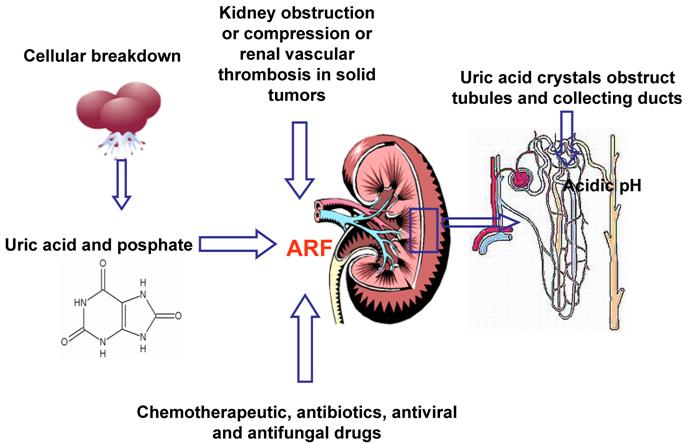
MANILA, Philippines – Health-wise I am thankful for three things. So far, I don’t have cancer; two, I don’t have diabetes; and three, I haven’t passed any kidney stones. by most accounts, passing stones is like martial law torture without the tormentors or the implements. It is a form of self-torture that’s unwanted and unrelenting.
What are kidney stones? Stones or calculi are solid substances formed from crystals in the body. usually, they result from urine being too concentrated containing materials that readily crystallize. the most common are calcium stones – about 4 out of 5 kidney stones – made of calcium in combination with oxalate (found in organ meats, asparagus, chocolate and cooked spinach), phosphate, and carbonate.
Since food supplementation is often abused, this is a caveat. but it is not excessive calcium intake that’s the problem but too much vitamin D which in turn increases absorption of calcium in the gut. Women with chronic urinary infection can develop struvite stones. These are caused by enzymes produced by bacteria that increase the amount of ammonia in the urine. the ammonia becomes part of the crystals of struvite stones. A high protein diet, a person with high uric acid (or with gout) can result in uric acid stones. Finally and rarely, cystine stones may form in a hereditary condition that makes the kidneys produce too much of an amino acid (cystinuria)/Risk Factors. Dehydration – lack of fluids, particularly water – concentrates urine and with that substances that form into stones. It’s not just being in tropical Philippines. if you work in hot environments like restaurant kitchens and some factories or if you don’t hydrate during and after exercise, you’re at risk. if someone in the family has stones, you are more likely to have them too (positive family history). Kidney stones are also found in more men than women and in between ages 20 and 70. as mentioned, certain conditions like gout, chronic urinary infection, and hyperparathyroidism can increase the risk of stone formation. A sedentary lifestyle forces bones to release more calcium to maintain bone strength. some of that calcium can turn into renal stones.
Signs and Symptoms. not all stones will produce symptoms. but these are classic findings:
• Back pain or flank pain
• Colicky (spasm-like) intermittent pain
• Blood in the urine
• Painful urination
• Increased and persistent urge to urinate
• Groin or testicular pain
• Nausea and vomiting
Diagnosis. A simple urinalysis may reveal crystals and blood.you may be asked to strain the urine and capture the stone particles for analysis.
Examinations to detect stones include: kidney ultrasound, IVP (intravenous pyelogram), abdominal xrays, abdominal CT (computed tomography) scans, and abdominal or kidney MRI (magnetic resonance imaging).
Treatment. if you haven’t passed the stone, pain can be so severe that narcotics may need to be used. if left untreated, stones can grow large enough to disrupt kidney function and damage tissues and tubes. ESWL stands for extracorporeal shock wave lithotripsy relies on ultrasonic waves to pulverize stones small enough to pass out with the urine. In percutaneous nephrolitotomy, the doctor uses a nephroscope to remove the stone. Sometimes the stone lodges in the ureter, the tube connecting the kidney and the bladder.
In this situation, a ureteroscope is inserted to snare the stone.
Prevention. A diet that is low in salt and with not much protein reduces the risk of stone formation. if at risk for stone formation, fluid intake (water is preferred) should be more than 8 glasses a day.
Passing a stone blows the pain scale way past the “10” score. the chances of it happening or not is partly up to you.
Dr. Pujalte is an orthopedic surgeon. E-mail